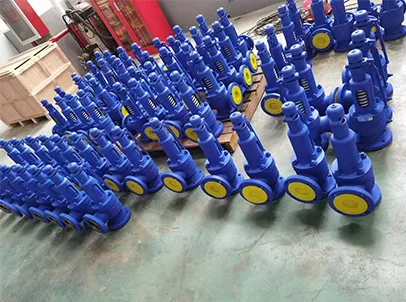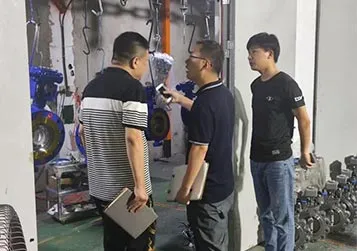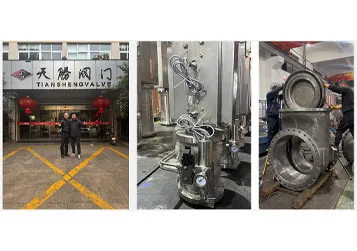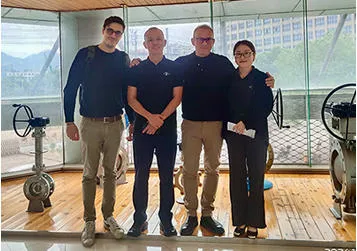- Email:info@tsv-valve.com

 May 26,2025
May 26,2025Stainless steel valves play a pivotal role in a wide range of industrial and commercial applications due to their exceptional durability, corrosion resistance, and reliability. These valves are designed to control the flow of various fluids, including gases, liquids, and slurries, by opening, closing, or partially obstructing passageways within a pipeline system. This guide aims to provide a comprehensive overview of stainless steel valves, covering their types, applications, installation, operation, maintenance, and troubleshooting, enabling users to maximize their performance and lifespan.
Corrosion resistance: Excellent performance in harsh environments (chemical, marine, high-purity applications)
Hygienic properties: Ideal for food, pharmaceutical, and medical industries
Temperature tolerance: Suitable for both cryogenic and high-temperature services
Durability: Long service life with proper maintenance
|
Valve Type |
Characteristics |
Typical Applications |
|
Ball Valve |
Quarter-turn operation, excellent shut-off |
Water, gas, chemical processing |
|
Gate Valve |
Linear motion, minimal pressure drop |
Oil, gas, steam systems |
|
Globe Valve |
Precise flow control, good throttling |
HVAC, power plants |
|
Butterfly Valve |
Compact design, quick operation |
Large diameter piping |
|
Check Valve |
Prevents backflow |
Pump discharge lines |
Verify material grade (304/316) matches application requirements
Check for shipping damage
Clean piping connections
Align properly with piping (avoid misalignment stress)
Use appropriate gaskets (PTFE for chemical service)
Tighten bolts gradually in criss-cross pattern
For welded ends, use back-purge argon protection
Apply smooth, even force to handwheels
Avoid excessive torque (max 360° for ball valves)
For gear-operated valves, check lubrication
Verify actuator compatibility (torque/speed requirements)
Set proper open/close positions
Install position indicators where needed
Monthly visual inspection for leaks
Quarterly lubrication of stems and moving parts
Annual performance testing
Seal replacement (every 3-5 years)
Stem polishing if scoring occurs
Body cavity cleaning for process valves
|
Environment |
Recommended Grade |
|
General water service |
304 |
|
Seawater/chloride exposure |
316/L |
|
High temperature (800°F+) |
321/310 |
|
Ultra-high purity |
Electropolished 316L |
Use extended bonnet designs
Special low-temperature packing required
-196°C to +200°C range for 316L
Tri-clamp connections
Electropolished surfaces
Clean-in-place (CIP) compatible
|
Problem |
Possible Causes |
Solutions |
|
Leakage at stem |
Worn packing |
Replace packing set |
|
Difficult operation |
Corrosion buildup |
Clean and lubricate |
|
Seat leakage |
Debris or wear |
Lap or replace seat |
|
Actuator failure |
Power/control issue |
Check electrical connections |
Related News




GET A QUOTE
Talk to Our Expert